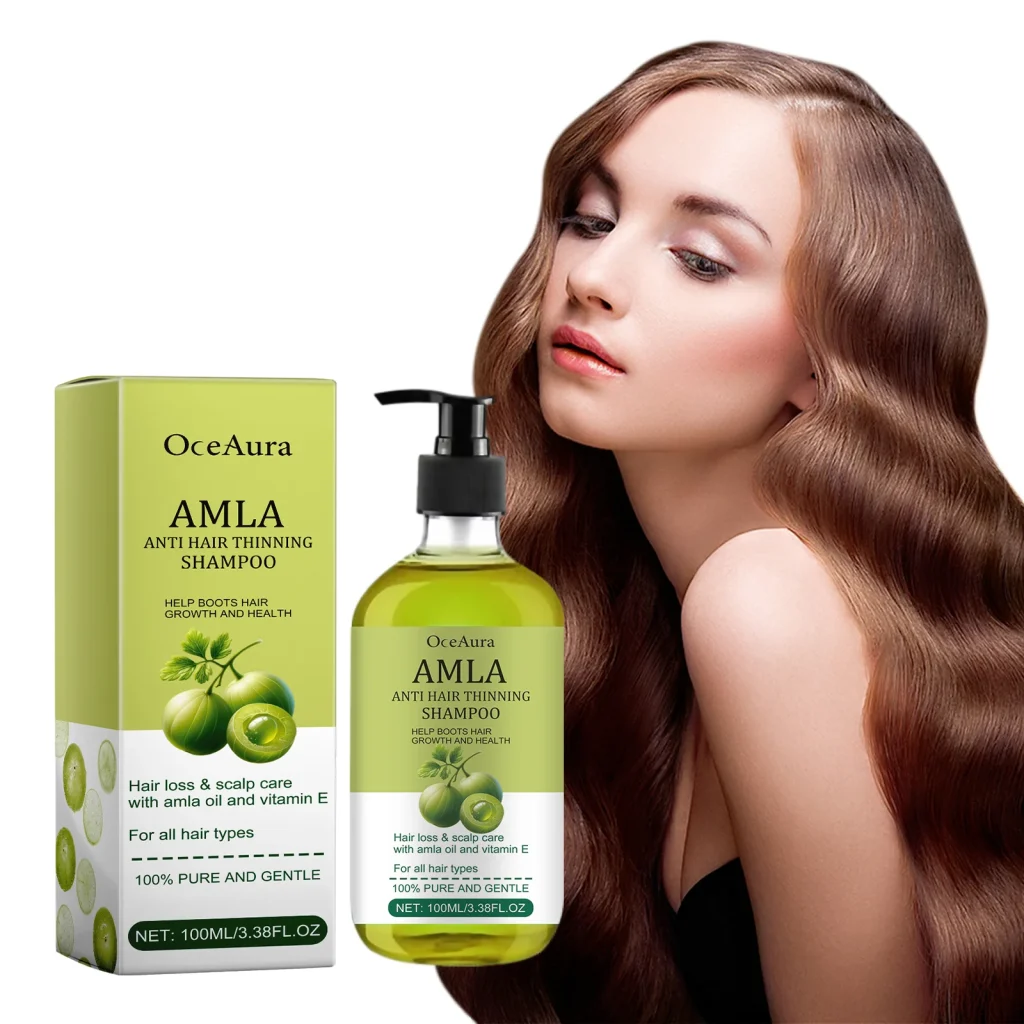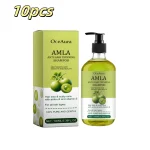Shampoo vs Conditioner | Which Is More Important
Shampoo vs Conditioner: What’s More Important
Shampoo vs Conditioner: Which Is More Important? Healthy, strong, and shiny hair doesn’t happen by chance; it’s the result of a consistent hair care routine. Two essential products in almost every routine are shampoo and conditioner. While they are often used together, many people wonder which one is actually more important.
In this guide, we’ll dive deep into the functions of shampoo and conditioner, explain their benefits, discuss hair type-specific tips, bust common myths, and help you create a routine that works for your hair.
Shampoo vs Conditioner: The Role of Shampoo in Hair Care
When comparing Shampoo vs Conditioner, it’s clear that shampoo serves as the foundation of every hair care routine. Shampoo’s main role is to cleanse the scalp and hair, removing excess sebum, dirt, and product buildup from daily styling. It works through surfactants, agents that bind to oil and impurities, allowing them to be rinsed away easily. There are several types of shampoos to suit different hair needs. For example, clarifying shampoo deeply cleans oily hair and removes buildup, while moisturizing shampoo hydrates dry strands. Sulfate-free shampoo gently cleanses color-treated or sensitive scalps without stripping natural oils, and medicated shampoo addresses dandruff or scalp irritation. However, over-washing can lead to dryness and breakage, so washing two to three times per week is generally ideal for most hair types.
Shampoo vs Conditioner: Smooth the Cuticle and Reduce Damage
While shampoo focuses on cleansing, conditioner takes care of hydration, protection, and repair. Conditioner coats the hair shaft with nourishing ingredients like proteins, emollients, and silicones to smooth the cuticle and reduce damage. It helps restore lost moisture, reduce frizz and tangles, and improve shine and manageability. Moreover, conditioner strengthens strands to prevent breakage and split ends. For best results, apply conditioner mainly to the mid-lengths and ends rather than the scalp to avoid greasiness. Allowing it to sit for a few minutes before rinsing maximizes absorption and leaves your hair soft and silky. In essence, while shampoo cleanses, conditioner ensures the hair remains healthy, hydrated, and resilient.
Balancing Shampoo vs Conditioner: Which Is More Important
Many people wonder which product matters more in the Shampoo vs Conditioner debate. The truth is, both play equally vital yet distinct roles. Shampoo cleanses the scalp and removes buildup, keeping the roots refreshed and healthy. Without it, hair can become dull or irritated due to trapped oils and residue. Conditioner, on the other hand, nourishes and protects by replenishing moisture and sealing the hair cuticle, reducing frizz and tangles. The secret lies in balance; using both products consistently creates harmony between cleanliness and moisture. Skipping shampoo can lead to buildup, while skipping conditioner may result in dryness and brittleness. Together, they form the perfect duo for maintaining strong, shiny, and manageable hair.
How to Use Shampoo and Conditioner for Healthier Hair
To get the best results from both shampoo and conditioner, technique matters. Start by wetting your hair thoroughly with lukewarm water, then apply a small amount of shampoo to your scalp. Massage gently to lift dirt and oil, and rinse completely. Next, apply conditioner to the mid-lengths and ends, letting it sit for two to five minutes before rinsing with cool water to seal the cuticle. For smoother detangling, use a wide-tooth comb after conditioning. Additionally, tailor your routine to your hair type; fine hair benefits from lightweight products, while curly or dry hair thrives with rich, moisturizing formulas. Remember, achieving balanced, beautiful hair isn’t about choosing shampoo vs conditioner, it’s about using both wisely to complement each other.


